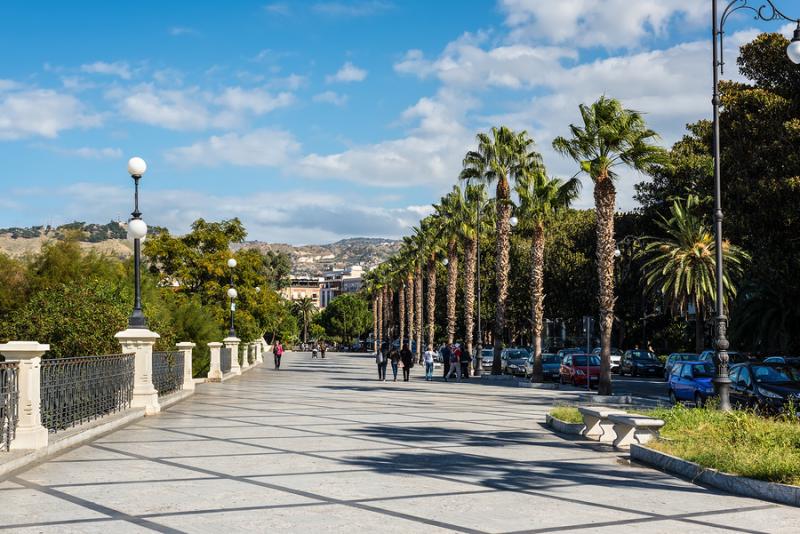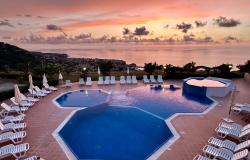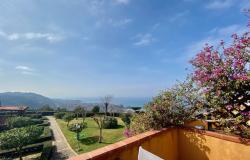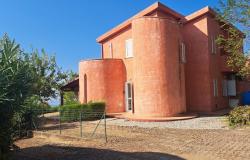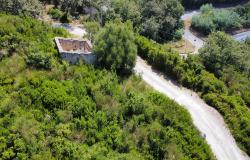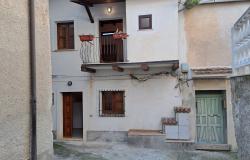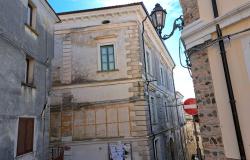Two miles from Sicily - across the Straits of Messina - lays the Province of Reggio Calabria; a seaside idyll with violet beaches, a picturesque fishing village immortalized in Greek mythology and the famed Riace Bronzes.
Reggio Calabria is located at the tip of Italy’s ‘toe’ overlooking the Tyrrhenian Sea to the west and the Ionian Sea to the south and east. It extends to the borders of Catanzaro in the northeast and Vibo Valentia in the northwest. Because of its ideal location across the Straits of Messina, it is the launching point for ferries to Sicily and the Aeolian Islands. The region’s three ports at Gioia Tauro (the seventh-largest in Europe), Reggio Calabria and Villa San Giovanni make it the main centre for commerce.
The province has 97 municipalities and is a combination of sea and mountain. Its terrain is characterized by thick woods, centuries-old torrents and overhanging coastal cliffs. Nature lovers will admire the Fogliatelle Waterfalls in Samo and the stunning Marmarico waterfalls in Bivongi, among the highest and most evocative in Italy.
Most of Reggio Calabria is formed by the strikingly dramatic National Park of Aspromonte that rises like a giant pyramid inland. A popular holiday and ski resort is Gambarie di Aspromonte. Its highest peak, Montalto, reaches 2,000 metres and is dominated by a giant bronze statue of Christ that offers extensive views of the sea and Calabria and Sicily.
Once known as Calabria Ulteriore Prima, this land of Greek, Roman, Norman, Angevins and Aragonese settlements was ravaged by a series of earthquakes (the most recent in 1908), and a terrible plague that has shaped the region. Here, art and culture come together in a series of symbols, traditions and religious events like the Festa Della Madonna della Consolazione (Reggio Calabria’s Patron Saint), and the Festa della Madonna dell’Alto Mare in Palmi.

On the Tyrrhenian coast lays the region’s famed Costa Viola (violet coast) named because of the purple hues reflected in its warm waters. It’s a favourite of snorkelling and diving enthusiasts, as well as a great location for nature walks. Palmi (a beach and mountain town), signals the beginning of the Costa Viola. Its location and beauty have led writers and poets to call it the “Terrace on the Strait of Messina.” Further south is the Pearl of Costa Viola, the charming fishing village of Scilla made famous in Homer’s Odyssey; its beautiful beachfront is overlooked by the 11th century Ruffo Castle where you can enjoy breathtaking views of the coast of Sicily and the Aeolian Islands.
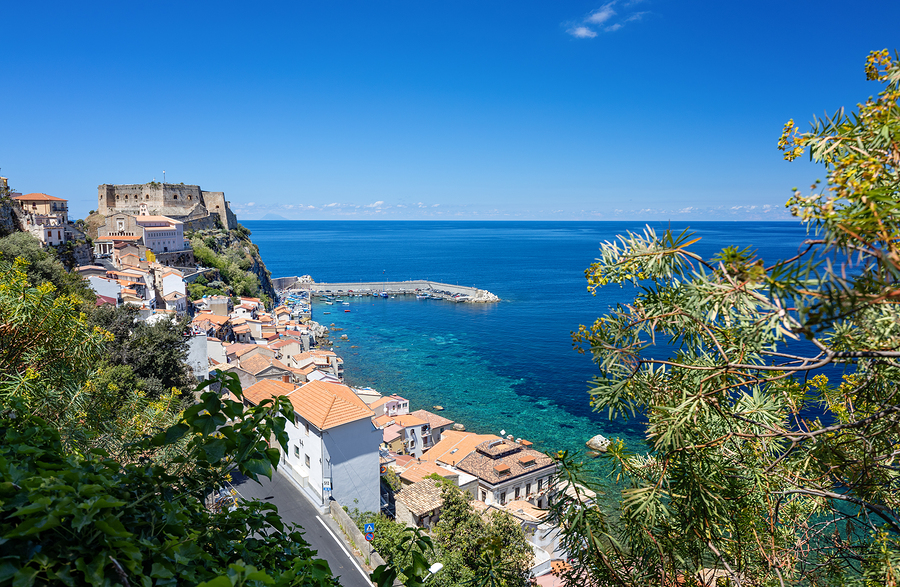
Reggio Calabria is the capital of the province and home to the Aragonese Castle, the Cathedral, and the Archaeological Museum that houses the world-famous Bronzi di Riace, some of the world’s finest examples of ancient Greek sculpture. The city’s scenic promenade, embellished with flowerbeds, is described by Italian poet Gabriele D’Annunzio as being “the most beautiful kilometre in Italy.”

Other sites of interest in the province are the Saracen Tower in Bagnara and the archaeological remains of the Marasà and the ancient temples in Locri; scattered across an olive grove they remain relatively unbeknownst to tourists. There’s also the impressive Byzantine church of Stilo, as well as the archaeological area and archaic necropolis of Pietra in Gioia Tauro. You can then head over to the Ionian coast and enjoy the lovely beaches of Siderno Marina.
The dishes of Reggio are simple yet pungent with hot pepper being a key ingredient. Cured meats are all staples, as are pork, lamb and wild boar. Try the mursiellu (a stew of tripe and organ meats cooked with peppers and tomatoes flavoured with wine). Once cooked it is stuffed into a ‘pitta’, a name that recalls ancient Greek flatbread. Its proximity to the sea means tuna, swordfish, and mustica (also known as rosamarina) are also on the menu.

In the dessert department, try the fried turtiddi, reminiscent of the Sicilian cicerchiata (made with white flour, honey, Moscato wine, cinnamon, orange peel and juice). Reggio Calabria’s province is essentially an agricultural area known for its production of olive oil, wine and citrus fruits. Don’t forget to finish your meals with the region’s digestive bergamot liqueur, as this is the only region in the world where Bergamot is cultivated.
